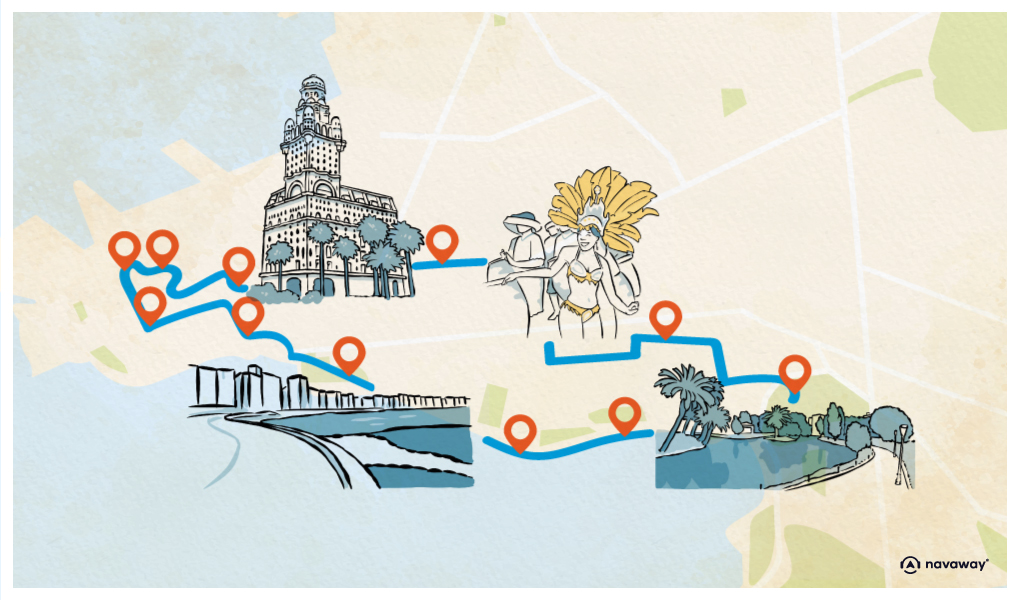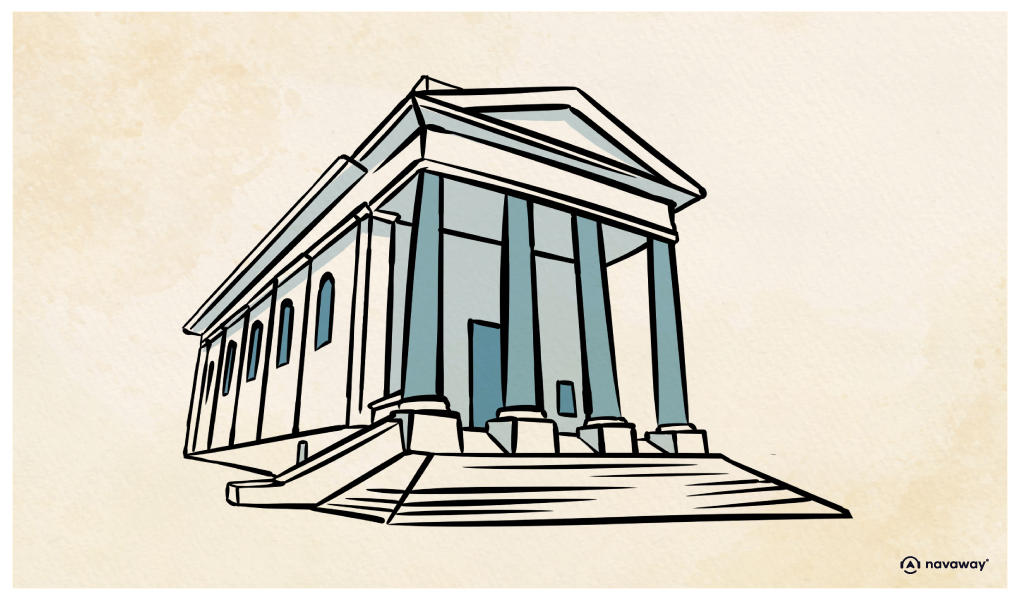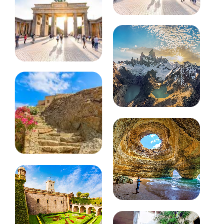
Anglican Church (Templo Inglés)

This point of interest is available as audio on the tour: Visit Montevideo, The Sixth Mountain From East to West
The English Temple stands on the edge of the Rambla, somewhat separated from its surroundings. It might seem a little out of place, after all, it’s quite rare to see a Protestant church, especially an Anglican one, in the heart of Hispanic America. Its origins go back to 1840, during what’s now referred to as the Great War—a chaotic period of civil wars across Argentina and Uruguay that lasted from 1839 to 1851. There were two rival Argentine factions, two rival Uruguayan factions, plus Italian volunteers led by Garibaldi, and foreign involvement from the French, English, and Spanish. After all that, when peace was finally declared, there were no real winners. The war ended with the phrase “neither victor nor vanquished”, which says it all. Uruguay was left devastated, and the economic consequences were severe, with major debts owed to Brazil, France, and the UK. Amid all this, Uruguay had become home to a sizable foreign community, and the Anglican Protestants, supported by the consuls of the United States, Sweden, and Britain, asked the government for permission to build a place of worship. It was granted, and the first stone was laid in 1844. That original church, which wasn’t far from here and was built facing away from the sea, was the first Anglican temple in Uruguay and in all of Latin America. The building you see today is a reconstruction from 1936. The first structure had to be demolished during the construction of the Rambla, the long promenade that runs along the Río de la Plata. Both the original and the current version have very sober architectural style: plain neoclassical lines, with columns and a pediment that give it the look of a Roman temple. There’s nothing ornate here, just quiet dignity. The Templo Inglés is a silent witness to a turbulent chapter in Uruguay’s history, and it’s been recognised as a National Historical Monument since 1975.


Discover Montevideo with app
An interactive guide through the most beautiful streets, squares, and districts
19 fun audioguides full of historical facts, anecdotes, and legends





Comments